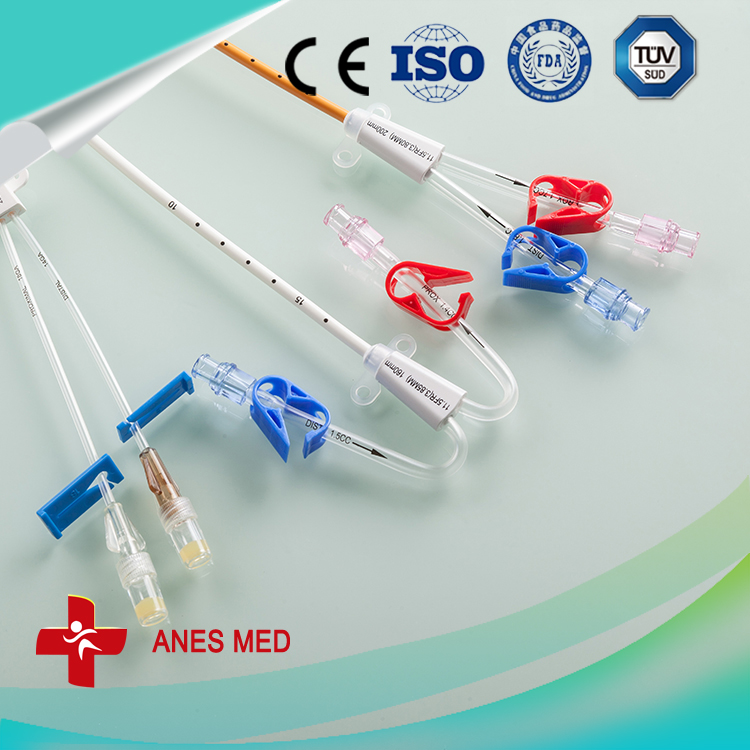First, the inspection before use Before filling the liquid nitrogen tank, the liquid nitrogen tank should first check whether the outer casing is recessed or not, and whether the vacuum exhaust port is intact. If it is damaged, the degree of vacuum will decrease. In severe cases, the intake air will not be insulated, so that the upper part of the tank will be frosted, the liquid nitrogen loss will be large, and the value of continued use will be lost. Next, check the inside of the tank. If there is any foreign matter, it must be taken out to prevent the inner tank from being corroded. Second, the inspection during use Always check during use. You can use the eye to observe or touch the shell with your hand. If you find that the surface is frosted, stop using it. Especially when the inner wall of the neck tube is frosted and icing, it is not advisable to use a knife to scrape it to prevent the inner wall of the neck tube from being damaged, resulting in poor vacuum. The liquid nitrogen should be taken out and allowed to melt naturally. Third, the filling of liquid nitrogen Be careful when filling liquid nitrogen. For new tanks or tanks that are in a dry state, they must be slowly filled and pre-cooled to prevent the liner from being damaged too quickly and reducing the service life. Do not pour liquid nitrogen on the vacuum vent when filling liquid nitrogen to avoid a drop in vacuum. The stopper is made of heat-insulating material, which can prevent liquid nitrogen from evaporating and can also act as a fixed lifting cylinder, so the wear should be minimized during the switch to prolong the service life. Fourth, the placement of liquid nitrogen tank Store liquid nitrogen tanks in a well-ventilated, cool place, and do not expose to direct sunlight. Due to its precision of manufacture and its inherent characteristics, liquid nitrogen tanks are not allowed to be tilted, horizontally placed, inverted, stacked, collided with each other or collided with other objects, whether they are used or stored, to be handled lightly and always upright. 5. Safe transportation of liquid nitrogen tanks The liquid nitrogen tank must be placed in a wooden frame and padded during transportation and fixed. The tank and the tank should be separated by a filler to prevent bumps and impacts and prevent dumping. When loading and unloading the vehicle, it is necessary to strictly prevent the liquid nitrogen tank from hitting, and it is not allowed to be dragged on the ground at will, so as not to reduce the service life of the liquid nitrogen tank. Sixth, the cleaning of liquid nitrogen tank When the liquid nitrogen tank is not in use, rinse it with clean water, drain the water, blow it dry with a blower, and place it at room temperature for use. After the liquid nitrogen in the liquid nitrogen tank is volatilized, the remaining missing substances (such as frozen sperm) melt quickly and become liquid substances attached to the inner liner, causing corrosion to the inner liner of the aluminum alloy. If a cavity is formed, the liquid is formed. The nitrogen tank will be scrapped, so it is necessary to scrub the tank after the liquid nitrogen in the liquid nitrogen tank is exhausted. The specific brushing method is as follows: First, remove the liquid nitrogen tank, remove the liquid nitrogen, and place it for 2-3 days. When the temperature inside the tank rises to about 0 °C, pour the warm water of about 30 °C and scrub with a cloth. If you find that the individual melted substances are stuck on the bottom of the inner liner, be careful to wash them carefully. Then rinse with water several times, then invert the liquid nitrogen tank, put it indoors safely and should not fall over, dry naturally, or air dry with a blower as described above. Note that during the entire brushing process, the action should be slow, the temperature of the inverted water should not exceed 40 °C, and the total weight should not exceed 2 kg. Specifications
Polyurethane catheter for improved strength and flow rates
*Related Products:hemodialysis line(Dialysis Line) kit,Dialysis Catheter Kit.
Hemodialysis Catheter,Hemodialysis Catheter Kit,Dialysis Catheter,Disposable Hemodialysis Catheter,Hemodialysis Line Kit,Dialysis Catheter Kit,Dialysis Line Anesthesia Medical Co., Ltd. , http://www.sinoanesthesia.com
Extra large side holes improve flow, reduce clotting is Removable stylet eases vessel insertion, improves catheter flexibility
Extra large side holes improve flow, reduce clotting
Removable stylet eases vessel insertion, improves catheter flexibility
Tip clip allows versatile positioning
Soft silicone catheter is kink resistant, excellent for femoral use
Single insertion efficiency, Dual catheter effectiveness
Features:
Over-the-wire insertion reduces risk of air embolism
High-flow
Secure anchoring
Single-site insertion

Liquid nitrogen tank use precautions
The use and storage of liquid nitrogen tanks should pay attention to the following aspects: